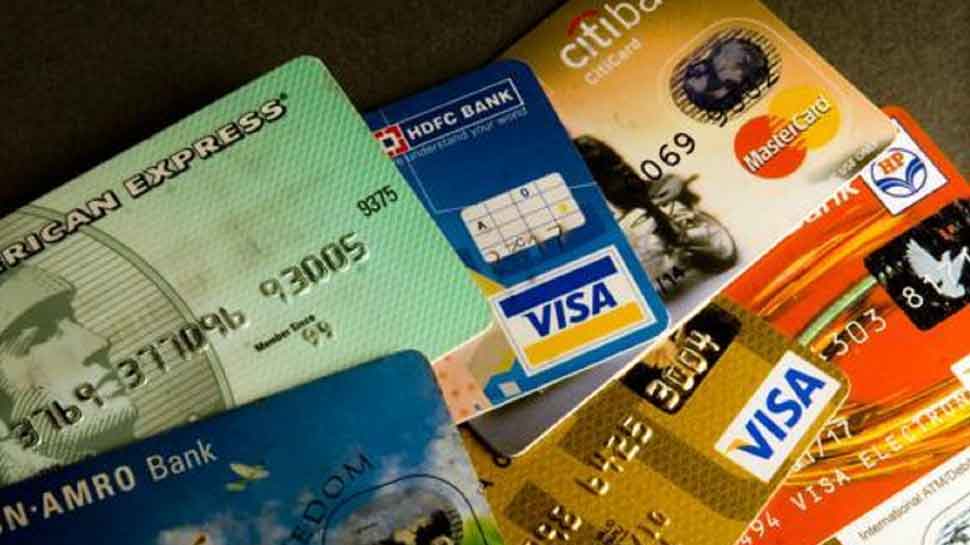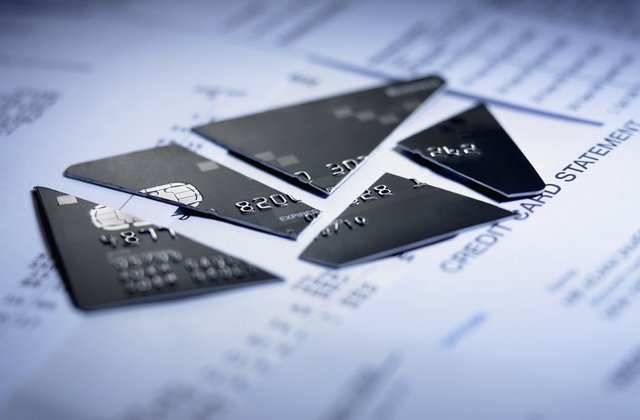Bankruptcy is a legally binding tool that is helpful in resolving tremendous debt. It is usually filed to deal with the debt lawsuits, medical expenses, and credit card debt and wage garnishment. The process can be financially turbulent but when it is declared, the finances can be steered in the right direction. Declaring a bankruptcy can stay upon your credit reports for a period of time but if necessary actions are taken timely then the individual’s credit can rebound long before that point of time.
The beauty of credit is that nothing is forever and the credit score determines how the person manages the credit at the given time. With the appropriate steps and hard work, it can be done. Although, bankruptcy means a distressing hit to the credit score but it is nothing that one cannot recover from.
You could try out these 8 steps that will help you recover and repair your credit after bankruptcy:
1. Monitor your credit closely

The first step would be to examine and check the annual credit reports. Monitoring the credit is critical especially after bankruptcy to keep a track of the effect of your credit score. The report should be gone through carefully so that the credit score is not compromised due to errors. Another important factor to be noted is that the negotiated accounts are not reported properly which means the credit score can drop even further. Thus, it should be made sure that the account that was negotiated as a part of bankruptcy is showed up accurately.
2. Get a secured credit card or retail card
Getting a credit card right after bankruptcy can be troublesome as bankruptcy hurts the purchasing power. But still it doesn’t destroy it completely so opening a secured card is a suitable option in that case. In case of using secured card, a part of your deposit is spared in savings account, which then secures a line of credit. Over a period of time, the limit of the secured card’s deposit account is increased which also increases the credit score.
3. Don’t repeat the mistakes

After being declared bankrupt, it is essential to focus on the well being of the financial status and in rebuilding the credit. In order to ensure it, learning from the past mistakes and taking necessary steps to mitigate them is essential.
4. Consider a credit-builder or secured loan
In order to build credit, traditional credit-builder loan is the right and appropriate tool. Its functioning is different from other types of loan. In this type of lending, the cash is not received upfront instead put in the savings account until all the payments have been made. At the end of the term, if all the payments are made on time then cash can be collected at the end of the loan term. Another type of lending could be secured loans. These loans are backed up by collateral, like funds in the saving account or a vehicle, which are kept as securities in case of failure to repay the loan.
5. Diversify with a Loan or Credit Builder Account

After bankruptcy, if someone is looking forward to revive their credit score, the type of credit accounts the person holds also has an impact. A personal loan is one type to diversify, which could be used for making payments, investment, home repairs, etc. Bankruptcy helps you to build a better credit score and have a firm financial standing.
Credit Builder Account is another way to rebuild the credit. It is provided with poor or no credit history as essentially a secured-installment loan combined with a CD for a period of 12-24 months. In a Self Lender Credit Builder Account, a small fee is paid and it is decided how much money to be put in the account each month.
Interest is charged on that amount, considering it as a loan. Interest is also earned on the CD but at a lower rate than the interest payable so that extra income is not derived out of it. If the manager of the account finds that the payments are done timely to all the three credit bureaus, then the credit score could be repaired.
6. Ask for payments to be reported to the consumer credit bureaus

If the individual wants to boost their credit, timely rent payments can be helpful. There are three major consumer credit bureaus, which are Equifax, Experian and Transunion. These departments keep a track on payment routine and pending payments of the individual and then they provide with a new line of credit.
7. Become an authorized user on an account
In this case, the person can be added to the credit card account of their close friend or relative. The credit of the person can be improved by the positive account history and timely payments, irrespective of whatever the credit history is of another individual. On the other hand, the credit history can be spoiled from the primary account holder’s bad credit moves, which could be hard to get removed from the account. Thus, one must link them to the accounts of only the trusted individuals.
8. Give it time
The credit score of the bankrupted person takes a long time to take a hike and be improved as the bankruptcy record falls after seven to ten years from the date of filing. It is noted that the older the bankruptcy, the lesser impact it has on the credit score. If the payments are timely met and the funds are managed accurately, one can be in a much better financial position and have a good credit score even after the bankruptcy.


















